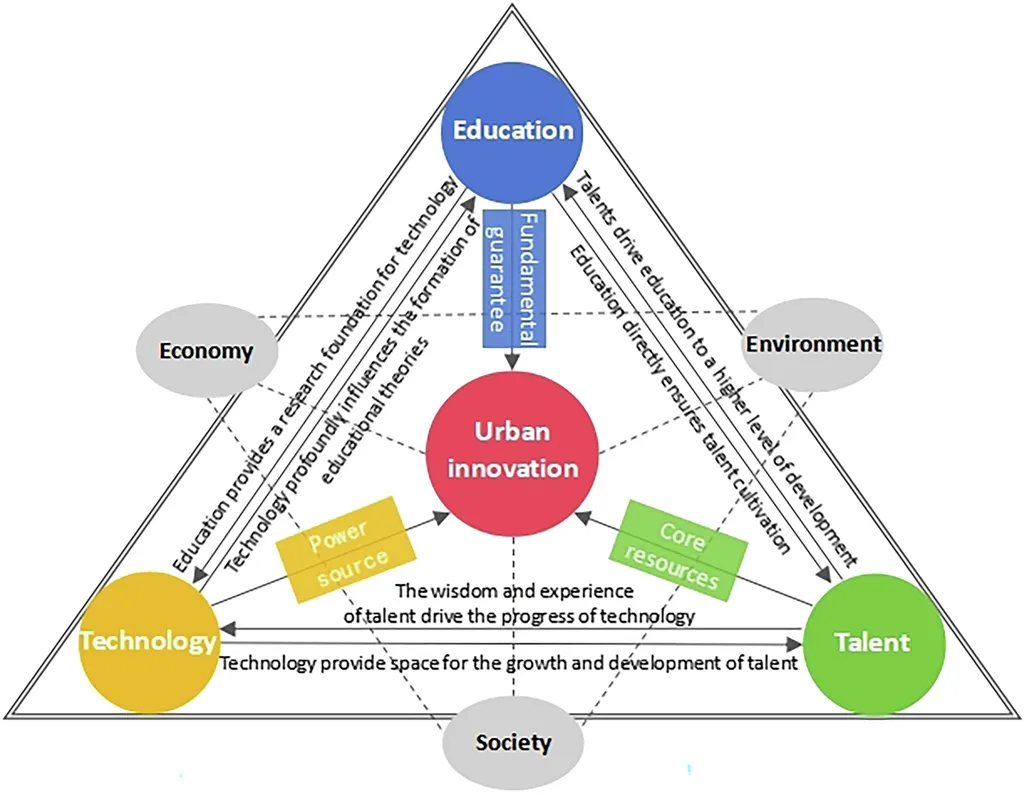In the quest for sustainable development, a new study is shedding light on the transformative potential of intelligent, sustainable architecture. Led by Yuxing Xie from the College of Art and Design at Nanjing Forestry University, the research employs bibliometric techniques to analyze two decades of literature on the subject, revealing trends, challenges, and opportunities that could reshape the energy sector and beyond.
The study, published in the journal *Buildings* (translated to English as “Buildings”), utilizes Citespace 6.4.R1 to evaluate scholarly output from 2005 to 2024, identifying key themes such as energy-efficient design, Building Information Modeling (BIM) integration, and circular economy principles in urban contexts. “We found a significant rise in scholarly output, indicating a growing interest in intelligent, sustainable architecture,” Xie explains. “However, there are systemic limitations that need to be addressed to fully realize its potential.”
One of the key challenges highlighted in the research is the duplication of methodologies and fragmented institutional networks. “There’s a lot of siloed thinking in this field,” Xie notes. “We need to break down these barriers to foster interdisciplinary innovation and cross-sector collaboration.”
The study advocates for three strategic priorities to overcome these challenges: fostering interdisciplinary innovation, establishing cross-sector collaboration frameworks, and accelerating industry–academia knowledge transfer. These priorities could have significant commercial impacts for the energy sector, as intelligent, sustainable architecture emerges as a dual solution—technologically enabling carbon-neutral construction practices while redefining human-centric spatial quality.
The research positions the International Sustainability Alliance as critical infrastructure for achieving UN Sustainable Development Goals, reconciling ecological responsibility with evolving societal demands for resilient, adaptive built environments. “This is not just about building green buildings,” Xie emphasizes. “It’s about creating a sustainable future for all.”
As the world grapples with climate change and resource depletion, the insights from this study could shape future developments in the field of sustainable architecture and beyond. By addressing the identified challenges and embracing the proposed strategic priorities, the energy sector and other industries could unlock the full potential of intelligent, sustainable architecture, paving the way for a more sustainable and resilient future.

